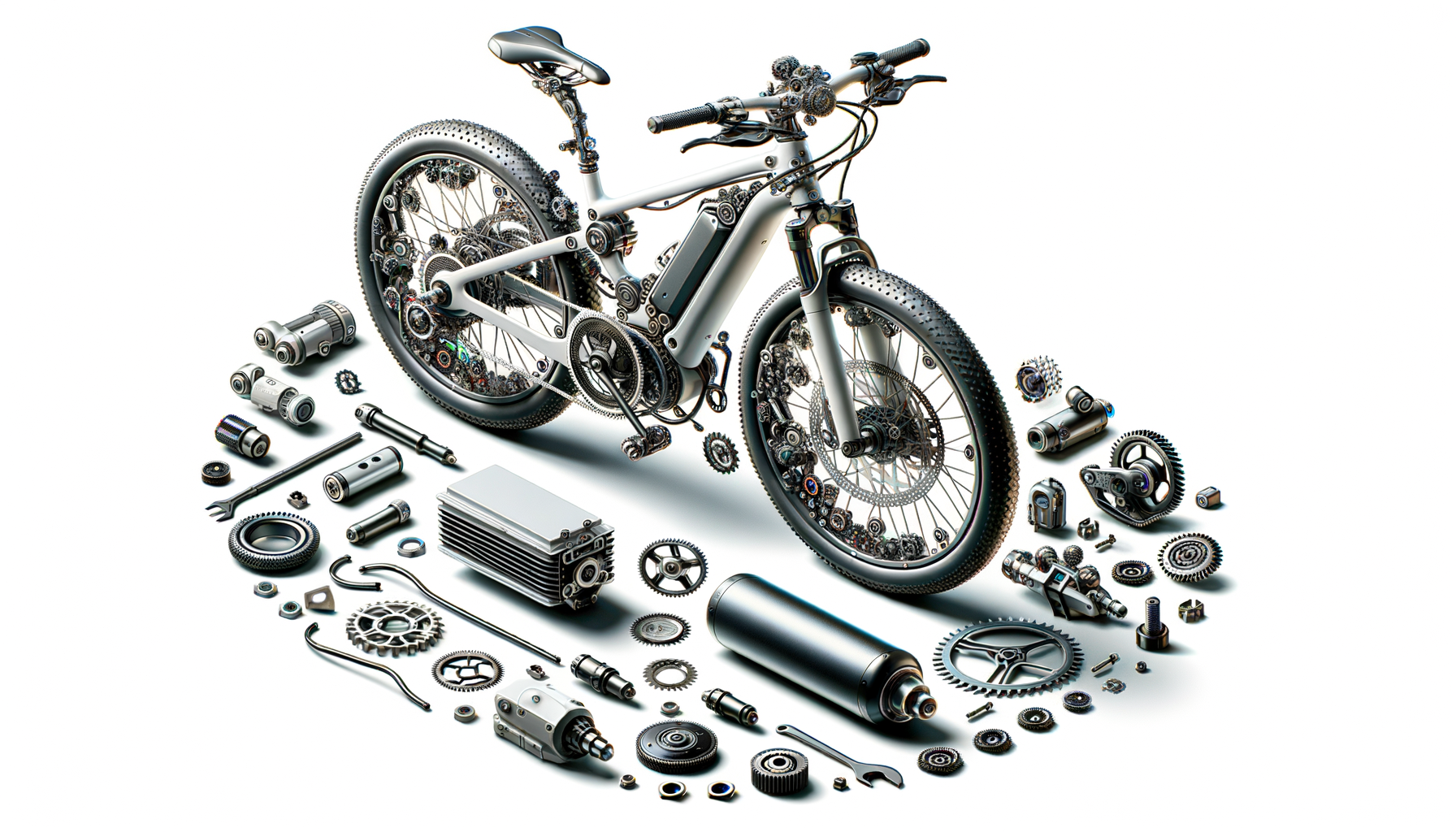Introduction to E-Bikes
E-bikes have revolutionized the way we think about transportation, offering a blend of traditional cycling with the convenience of motorized assistance. As urban areas become increasingly congested and environmental concerns rise, e-bikes present a practical and eco-friendly solution for commuting and leisure. Understanding the various factors that contribute to selecting the right e-bike is essential for making an informed purchase that aligns with your lifestyle and needs.
Understanding Battery Life and Range
One of the most critical aspects of an e-bike is its battery life and range. The battery determines how far you can travel on a single charge, which is crucial for planning daily commutes or long rides. Most e-bikes offer a range between 20 to 100 miles, depending on the battery capacity, terrain, and level of assistance used. When selecting an e-bike, consider your typical usage patterns. If you plan to use the e-bike for long commutes, opting for one with a higher capacity battery might be beneficial.
Additionally, battery technology has advanced significantly, with lithium-ion batteries being the most common due to their efficiency and longevity. It’s also essential to consider the charging time, which can vary from 3 to 6 hours. A faster charging time can be advantageous if you’re frequently on the move.
Evaluating Motor Power and Performance
The motor is the heart of an e-bike, providing the necessary power to assist with pedaling. Motor power is measured in watts, and typically, e-bikes range from 250W to 750W. The choice of motor power should align with the terrain you’ll be navigating. For instance, if you live in a hilly area, a more powerful motor will provide the required torque to handle steep inclines comfortably.
Moreover, there are two primary types of motors: hub motors and mid-drive motors. Hub motors are located in the wheel hub and are generally more affordable and easier to maintain. Mid-drive motors, on the other hand, are positioned at the bike’s crank and offer better weight distribution and efficiency, particularly for off-road or challenging terrains.
Design and Comfort Considerations
The design of an e-bike significantly influences its comfort and usability. Factors such as frame material, geometry, and suspension play a crucial role in the riding experience. Aluminum frames are lightweight and durable, making them a popular choice, while carbon fiber frames offer even lighter options but at a higher cost.
Comfort is also determined by the bike’s geometry. A relaxed, upright position is ideal for city commuting, while a more aggressive stance suits sporty rides. Additionally, consider the suspension system, especially if you plan to ride on uneven surfaces. Front suspension forks can absorb shocks and provide a smoother ride.
Cost and Value for Money
Investing in an e-bike is a significant decision, and understanding the cost versus the value it provides is essential. E-bikes can range from a few hundred to several thousand dollars, depending on the features and quality. When evaluating the cost, consider the long-term savings on fuel, public transport, and maintenance costs.
It’s also important to factor in additional costs such as accessories, insurance, and potential upgrades. While a higher initial investment might seem daunting, the long-term benefits and savings often justify the cost. Ultimately, selecting an e-bike that offers a balance between quality, features, and price will ensure you get the most value for your money.
Conclusion
Selecting the right e-bike involves careful consideration of various factors such as battery life, motor power, design, and cost. By understanding these elements, you can make an informed decision that complements your commuting needs and personal style. Whether you’re seeking an eco-friendly commuting solution or a new way to explore the outdoors, an e-bike offers a versatile and enjoyable experience. As technology continues to evolve, e-bikes are set to become an even more integral part of our transportation landscape.




Leave a Reply